How would you design your asset allocation if you were building a portfolio from scratch? This is the question facing the governors of Germany’s new state pension buffer fund, the grandly titled ‘Generationenkapital’ (Generational Capital) fund. The expectations are high.
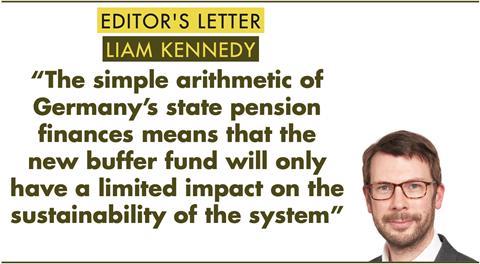
From this year, Germany’s federal government will channel an initial €10bn endowment from state coffers, as mandated in the current coalition agreement, to invest via the new fund. Further endowments will follow in the coming years, with a target total of €150bn.
In 2002, a major reform created the third-pillar Rieste-Rente concept to help fill the gap in the state pension system but this has not been a great success.
Some 30% of the annual social security budget – around €100bn – is now met from current spending. This is forecast to increase to €128bn by 2027. “Doing nothing is not an option,” was the mantra of federal finance minister Christian Lindner at a January round table on the Generationenkapital concept. Without reform, contributions will have to rise or the level of coverage of the state pension system will fall.
In last year’s national election, the three parties in the current coalition – SPD, Greens and FDP – all came up with ideas to stabilise the state pension system. The policy of the free market FDP involved a catchy concept called ‘Aktienrente’, or equity pension, suggesting a fund with a racy return-chasing strategy.
State social security buffer funds are not a new concept – Sweden’s AP funds and France’s Fonds de Réserve pour les Retraites (FRR) have existed for many years. In countries such as Ireland and Spain, governments have drawn on once sizeable funds in times of crisis.
Speaking recently, Lindner refused to elaborate on the precise asset allocation policy of the Generationenkapital fund on the basis that it should be apolitical, although he did endorse sustainability and ruled out a “DAX ETF” approach.
Lindner probably wants to avoid a row with his Green coalition partners, which might want to embed overt exclusions of sectors like oil and gas, further pointing to apolitical management.
Germany’s nuclear waste liability management fund KENFO is likely to be involved with the management of the new fund; its CEO has appeared with Lindner to discuss the Generationenkapital policy.
With over €20bn in assets as at end-2021, the Berlin-based KENFO has the kind of conventional asset allocation familiar to most readers of this publication, with around 38.5% in equities, 35% in corporate bonds and 18% in government bonds.
It also invests over €600m (2.8%) in illiquid assets – private equity, infrastructure and private debt – and has a target to increase this level to 30% of assets in the medium term.
Recent high-level visits to Sweden and Canada indicate interest in adopting international best practices in pension fund governance and funding models. There are plenty to admire and some to shun.
If KENFO is anything to go by, the Generationenkapital fund will probably end up with a fairly standard independent executive management governed by an arm’s-length board of trustees with appointees probably from parliament and the relevant government ministries, advised by an expert asset allocation committee.
Setting up a fairly conventional state asset silo will be easy once the funds are there, but challenges remain. One is that capital markets return assumptions remain muted and generating decent performance at a politically tolerable level of risk will be hard.
Obvious areas for diversification, like private markets, are hard to scale up, taking time and resource to pay for the best international talent. Lindner and his officials should look to create a world class arm’s-length resource to power up investments in renewables, tapping into the return potential of the North Sea’s wind power.
Perhaps the hardest challenge will be to manage long-term political headwinds. This policy runs the risk that successor governments could water down the financial commitment to endow the fund with resources needed to secure the pension system.
And despite its grand name, the simple arithmetic of Germany’s state pension finances means that the fund will only have a limited impact on the sustainability of the system. It is not expected to make a significant contribution until the 2030s at the earliest.
But it could become a sizeable new pension institution in its own right in a fairly short time, and the concept is not quite as disappointing as some sections of the German media have suggested. Still, its governors and executive management face the challenging task of devising and executing an investment strategy that will meet Berlin’s high expectations.
Liam Kennedy, Editor
liam.kennedy@ipe.com









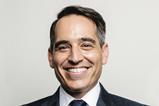
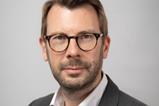


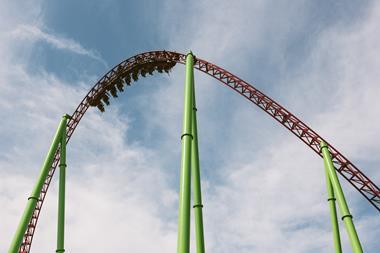




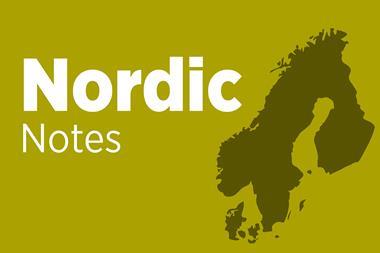

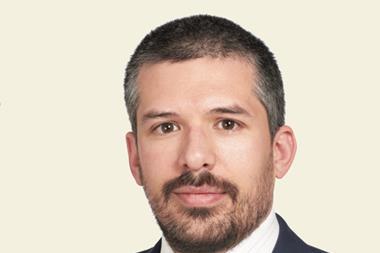

No comments yet